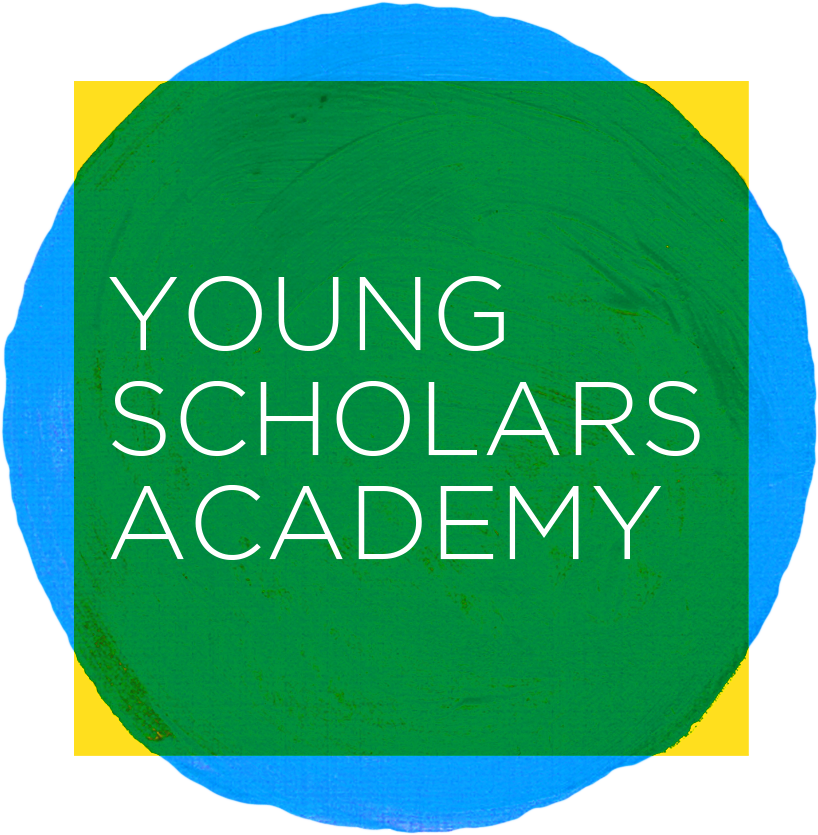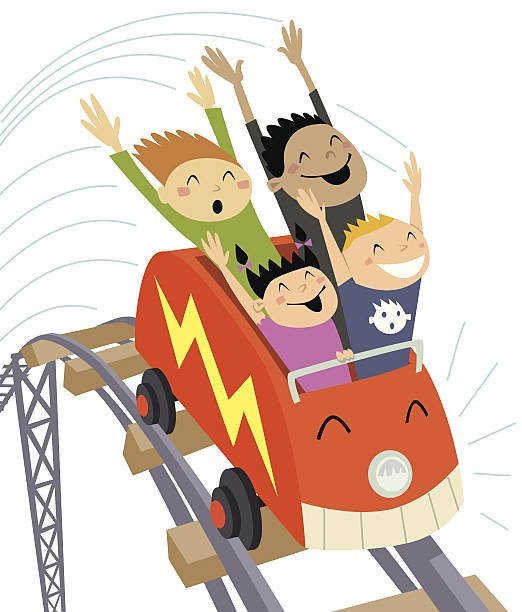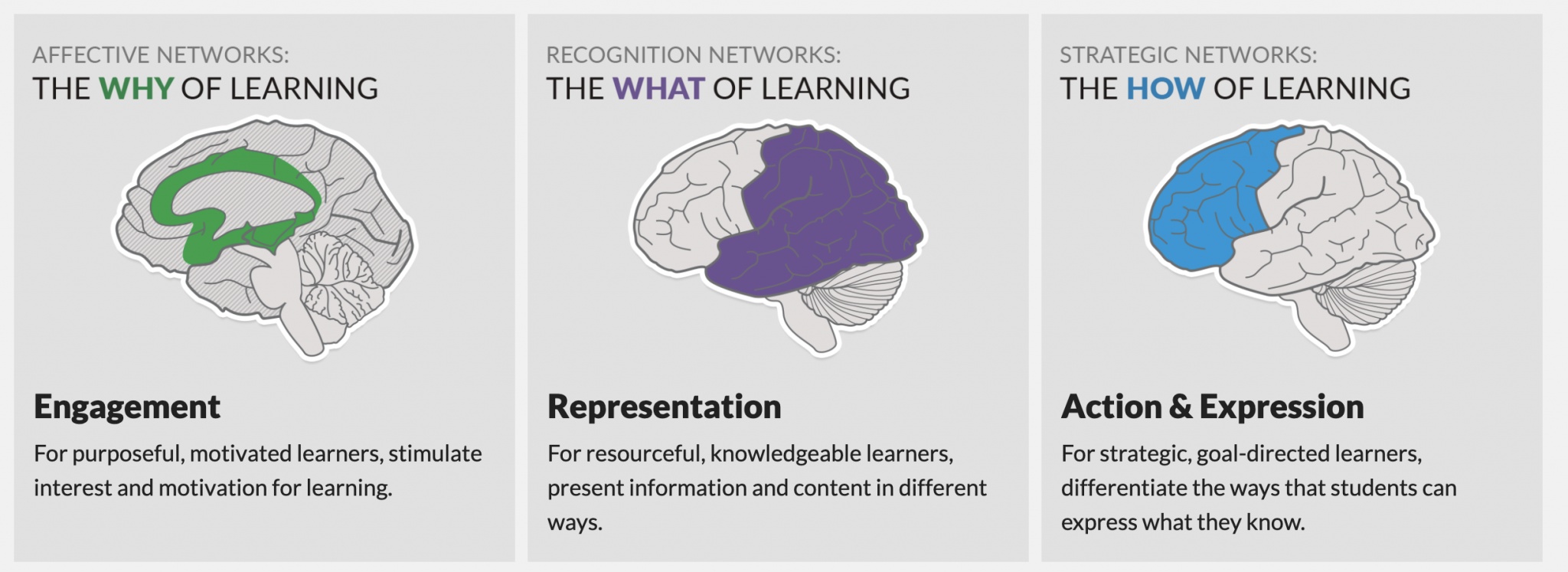The Netflixification of Education
Ok, let’s just come right out and agree on something — can we agree that the last few years threw us for a spin? That’s perhaps the understatement of the decade. For me, last year was like trying to build a rocket ship and fly it at the same time. We blasted off, then built, then charted, then planned, etc. It seemed like our main goal was to land somewhere, sometime, and not blow up.
A year later, we now have the time and space to both metacognitively and meta-effectively reflect on what happened last year. This is what good educators do, right? They reflect on their circumstances, choose what strategies should be used, and have a deep understanding of why they use said strategies. In this process, reflection and application are key. One quote that has been central to my reflection this past year is “with disruption, comes innovation.”
At the core of our reflection are two key questions:
1. To what extent is our educational system helping twice-exceptional children?
2. What innovations might better support them?
In answering these questions, we will examine how COVID has exponentially sped up acceptance of one of the greatest tools for supporting 2e learners: a la carte online learning — because let's face it, life will never be the same ... hopefully!
Now, last year was tough, disruptive, draining, horrible, etc. Many neurodiverse kiddos — especially those with autism spectrum disorder — struggled greatly with changes in routine. That was and is no doubt difficult. I want to acknowledge that, genuinely. Remember, last year we were building that rocket whilst flying it. That being said, I’d like to point out that it was the changing landscape in the last year that shone a light on the challenges our 2e kids face.
To understand the need for change and a pathway toward that change, I propose using Netflix as a framework. Within the context of this framework, our students are spending too much time watching the same programming as everyone else and not enough time curating their own Netflix-styled educational playlists. When I say Netflixification, I’m referring to the systematic decentralization of prescripted, top-down education and the subsequent implementation of choice-driven, passion-focused, strength-based, a la carte learning
Within this framework, we can clearly see that Netflix’s development can serve as a model for education. According to the Netflix Wikipedia, they were founded in 1997 as a dvd rental and sales company. However, a decade later, in the midst of the economic recession (disruption), they began to pivot to online streaming (innovation). They saw a clear need and opportunity and they jumped on it. People were out of work, money was short, free time was rampant, and the overall economy was upside down. In other words-- being mailed 3 DVDs a month wasn’t cutting it! People needed instant distractions and moments of bliss, even if they were fleeting. They needed streaming!
Since then, we’ve seen Netflix go from a mail-you-a-dvd-a-week company to a powerhouse in interest-driven content creation that has offered creative ways to deal with entertainment challenges in not only one recession, but two! If it’s so clear why this innovation makes sense in entertainment, why is education so slow to change?
To understand this concept, look at the 2e learners in your own life, whether they be your children, clients, students, etc. Do they perhaps struggle to pay attention in class but can spend hours getting lost in research about their passions? That’s Netflixification! That’s choice-driven, passion-based learning!
If you’re like me, you’re thinking, yeah, great, my 2e student can research, but that’s not enough. You’re completely right! It’s not enough to just learn. What matters is what can be done with that information. If we truly want to empower our twice-exceptional students to be future change-makers, leaders, etc., then we need to not only empower them to explore their passions. We must call upon them to create.
As a foundation for realizing the Netflixification of education, we must understand UDL: Universal Design for Learning. UDL is divided into 3 domains of education:
1- Creating multiple means of engagement- e.g. fostering collaboration
2- Having multiple means of representation- e.g. offering accessible content in multiple forms
3- Offering multiple means of action and expression- e.g. choice of assessment
This is so important because, like Netflix, UDL offers so many entry points for engagement. Students choose all along the way. They select what they want to learn and how they want to learn it, in a manner that aligns with their strengths. Most educators would agree that this is an ideal foundation for authentic learning. However, many inadvertently stand in the way of realizing this vision for learning because they have strong subconscious beliefs about what schooling should be. This is one fundamental reason that education needs to be reimagined and Netflixed-- or, as I like to say, Net-fixed.
Another way in which we can offer our students an improved Netflixed education is through learning locale. Just as movie theatres are moving aside for phone and TV streaming, so too do schools need to make room for remote learning. Research shows that when students are stressed out or overly stimulated, they struggle to learn. Subsequently, when they feel safe, real learning can take place. Students often demonstrate higher levels of comfort at home and are logically more open to learning. It should be noted that not everyone experienced these “upticks” in choice and the subsequent success in the past 18 months. To that end, I should qualify by saying that crisis learning is not the same as choosing to be homeschooled or learn remotely. That’s important to remember.
Now, I know what you’re thinking; students can be too at ease at home. Yes, that’s true. While it’s important they are comfortable, being too comfortable or passive can be a problem. One brilliant feature of Netflixification that can be used to counter this concern is including our students in the process of creating ideal learning environments. This can usher in some meaningful self-reflection, metacognition, and agency. Having students take part in the design process of their own learning space is a tremendous exercise of metacognition. It requires them to reflect on questions like: do I learn better standing up? Do I like music when I’m reading? Should I face a corner or out a window? How might I batch my work and accomplish it in different settings? Much of this self-reflection and choice is rarely featured in the traditional system and ought to be. Let’s be honest, having metacognition and agency in these domains is increasingly important for education and beyond!
At this point, it should be stated that these types of suggestions do come from a place of privilege. Like most disruptions in history, COVID brought more advantages to the advantaged and more disadvantages to the disadvantaged. While some were at home designing unimaginable maker spaces, others were out of school for 18 months altogether, getting infrequent meals, and/or perhaps in abusive households. We need to be ever mindful of those that are less fortunate and innovate in ways that are more inclusive, democratic, and accessible. Our redesigned classrooms need to reflect the beautifully diverse world.
When looking around in this beautifully diverse world, we can hopefully see that Netflixification is the change that we need to break the cycle. We have to sit back, let go of what we think education is supposed to be, empower our children with choice, and scaffold their development. We know that people don’t learn the same or share the same interests, and therefore, shouldn’t be educated in the same ways.
And let’s make learning more fun while we’re at it! One of the biggest lessons that education can learn from Netflix is that it has become synonymous with binging. While binging anything isn’t necessarily a good thing, why can’t education at least try to be binge-worthy? Wouldn’t it be nice to have students beg for more learning?
One final key component to Netflixification is its global scale. Just think, if we want to get incredible entertainment into the homes of the 7 billion citizens of the world, we need to get rid of DVDs, connect more people to the internet, and offer affordable, international streaming. If we want to democratize twice-exceptional education we need to let go of the belief that it can only happen in progressive schools in Silicon Valley, Los Angeles, New York City, etc. We would all be best served by learning into the virtual space and reaching the marooned 2e students of the world.
To realize this transformation in education we must dream big. Don’t resign to “the way things were.” THINK BIGGER! We can do so much better than going backward, we can move forward. Be open to knocking down the walls building an a la carte education for your students and for our world! The future depends on it! Create space for your students to explore. Break out of the routine and structure. Let go of what you think education is, throw away your “DVDs” and let your students climb into those rockets with the confidence and curiosity to explore their own stars and solar systems and be there to support them along the way.
Finally, I’ll close by referencing Simon Sinek’s famous TED Talk “How Great Leaders Inspire Action”. In the talk he examines The Law Of Diffusion of Innovation which is a breakdown of the successful business launches on a bell curve. He notes that the first 2.5% of customers are innovators, the next 13.5% are early adopters, then comes the early majority and late majority both at a respective 34%, followed by the last 16% who are the laggards. Sinek states that according to this law, market penetration happens when a critical mass of 15-18% of innovators, early adopters and some early majority buy into the innovation and are able to cross the chasm into the mass market, ie. the middle 68% (Sinek, 2009).
So, I’m calling on all of you to become early adopters. Netflix needed it and now education needs it. Education needs you!
If you’re interested in programming that structures learning, scaffolds skills, and teaches invaluable life lessons around your child’s passions, click here







